Hiking is a great way to fully experience national and state parks.
However, not all hikes are equal. The key to great hikes is to pick a hike that is within your ability level in a hiking area that excites you.
But it’s actually a little more complicated than that. There are many factors to consider before you set out. Thinking about all of these things will help make sure that you have an awesome time.
I’m James Ian and I’m a national park and hiking expert. In this guide, I’ll share with you things that I consider when choosing a hike to do.
🛏️FIND A HOTEL: Search now
🚘FIND THE CHEAPEST CAR RENTAL: Search Discover Cars for the best deals
✈️FIND THE CHEAPEST FLIGHTS: Search Skyscanner for the best deals
🧳GET TRAVEL INSURANCE: Get insured with Travelex before you go
📱TAKE AN AUDIO TOUR: Buy an audio tour now
No time right now to learn how to choose a hiking trail? Pin It and save it for later:
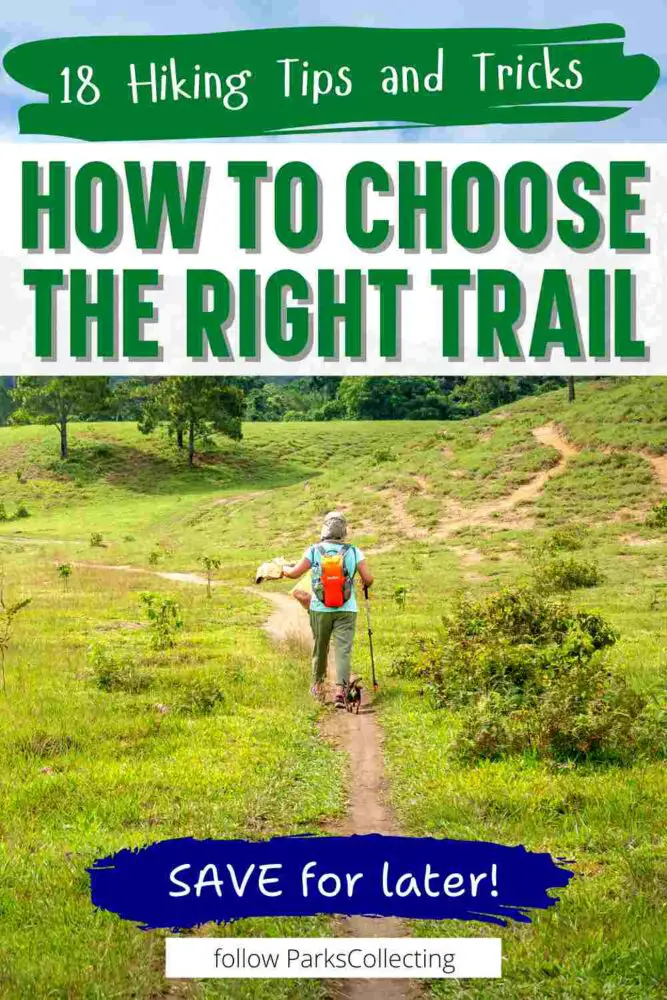
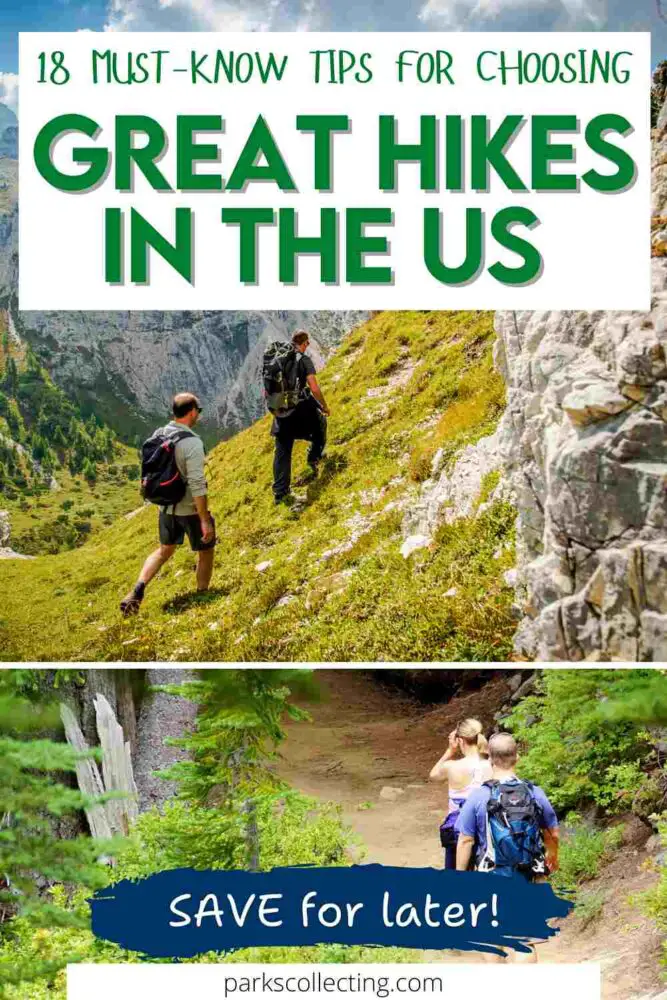
Subscribe to daily national parks planning tips, travel inspiration and trip ideas and I’ll send you a free PDF of this Guide:
How to Choose a Hiking Trail: 18 Essential Things to Consider
Table of Contents
18 Things to Consider When Choosing a Hike
1. Length
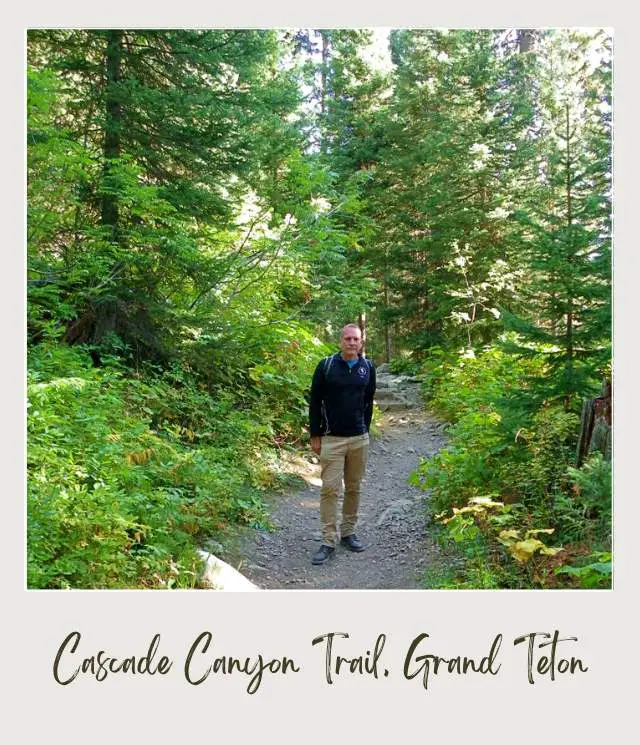
Hikes can be out-and-back or a loop or a lollipop (also called a lasso). Lollipop trails have an out-and-back section to start/ finish, but a loop at the other end of the trail.
I prefer loop trails because I always see something new. However, on out-and-back trails, the view on the way back can be quite different, even though you’re back tracking along the same route.
You can avoid backtracking on some one-way trails by arranging a pickup or drop off at the start or end point, or by catching a shuttle at one or at both ends of the trail.
2. Elevation change
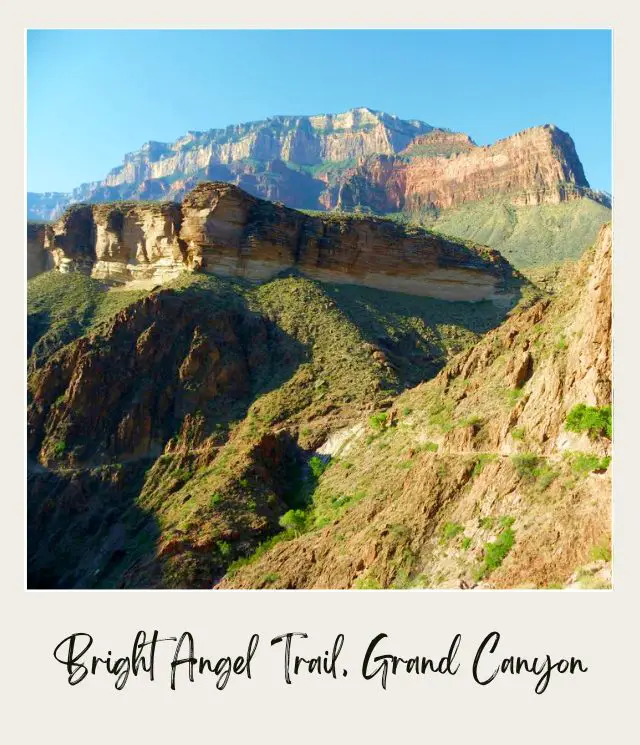
Many of the best places to hike are in mountains or canyons. Mountain hiking and canyon trails like the Grand Canyon’s Bright Angel Trail can involve quite a lot of climbing or uphill or downhill walking, or even scrambling.
Going up is typically more strenuous in terms of cardiovascular effort, but going down can be hard on your knees. I actually preferring going up, as a lot of downhill can hurt my knees. If this is you too, using hiking poles can help take pressure off your joints. My favorite hiking poles are these Leki Jannu trekking poles. They’re lightweight, have shock absorbers, and have comfortable natural cork grips. You can read my detailed review here.
➡️ Check prices on Amazon here or on REI here
3. What you’ll see along the way
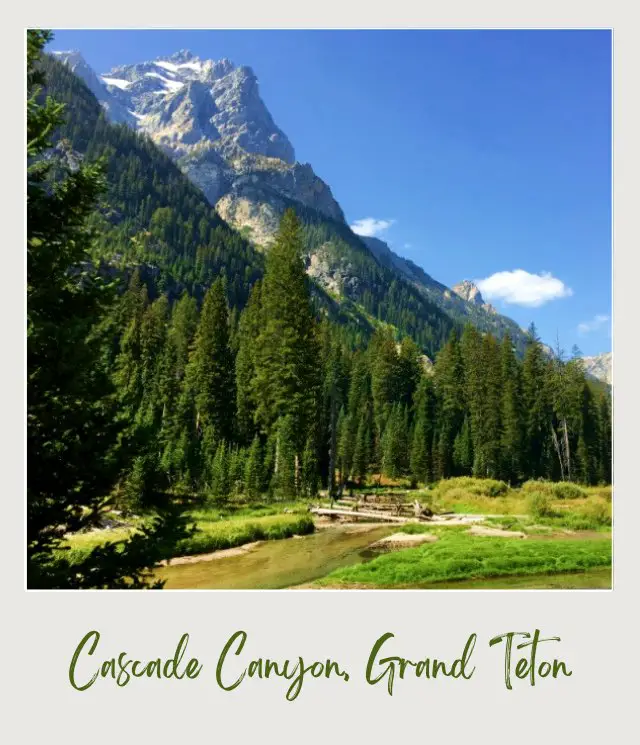
If you are wondering where to go hiking, well, there are good places to go hiking everywhere. For example, there are many beautiful hiking trails through forests, along the sides of mountains on through valleys or even through fields of wildflowers.
Many of the best hiking spots do go through spectacular scenery (Cascade Canyon in Grand Teton National Park, for example). However, not all do. Some are more about the destination at the end of the hike than the journey itself.
4. The destination

What is at the end of the hike? Many of the best hikes end at a viewpoint/ lookout (like the High Ridge Trail in Olympic National Park), a waterfall or some other spot where you can sit and relax.
Waterfall hikes are especially wonderful in hot weather, because you can cool off – by soaking your feet at the very least.
5. Where it is: Local hikes vs. hiking on vacation

Local hikes are easy to get to and you can go home at the end of the day. If you are lucky to live in an area with beautiful hikes and great local hiking trails, then this is no fuss and easy.
However, many awesome hiking locations are in far-flung places and you will choose to go there specifically on your vacation. Hiking vacations do require some preparation and may not be for everyone. If hiking and camping are not your thing, you will need to look for good hiking trails near a hotel at least.
6. Level of difficulty

This is influenced by the length, elevation, weather, and terrain.
Easy hiking trails may be paved paths that are wheelchair or stroller accessible or just short, fairly flat dirt trails that require little effort. Easy trails are ideal for family hiking. The Congress Trail in Sequoia National Park is a spectacular easy hike.
Moderate hikes involve some up or down and will be a couple of miles at least.
Difficult or strenuous hikes typically involve a considerable change in elevation and distance. The most difficult hikes may include technical elements such as chains, steps cut into rocks, ladders, or narrow ledges with drop offs. These are better tackled by hikers with some hiking experience and without a fear of heights (the Beehive and Precipice trails in Acadia National Park in the US are great examples).
7. Terrain

There are great hiking trails in all sorts of places. You make have to hike across a river or even IN a river like The Narrows hike in Zion National Park. River hiking can be lots of fun, but cold water and uneven surfaces require special equipment.
Does the hike involve scrambling over rocks? Or jumping over cracks? Or squeezing in narrow spaces? Or traipsing through mud? Know this in advance and do hikes that are within your comfort level. One person’s fun can be another person’s misery.
8. Climate
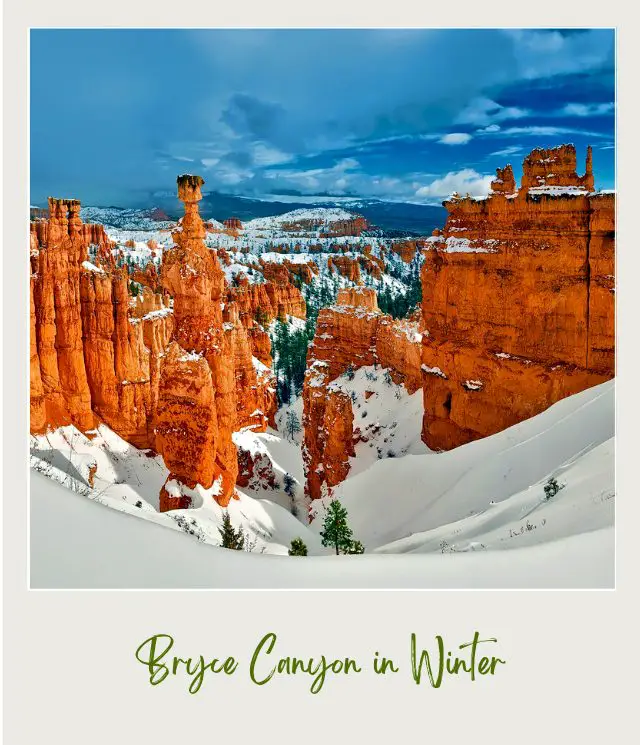
There are great places to hike all around the world, but the climate, along with the terrain influences the things hikers need.
For example, there are many good hikes in the desert, but you will need lots of water and sun protection. Winter hiking can be a lot of fun, but appropriate warm weather gear is essential (check my winter hiking gear list for all you’ll need).
There are awesome hiking destinations in national parks where there are also grizzly and/ or black bears wandering around. If so, you will want to hike with a bear whistle or spray (pick up a bottle of bear spray here).
Note that weather can often change rapidly and you should never assume that the weather will stay the same throughout the day. I always pack a windbreaker and lots of water even if they don’t seem necessary when I set out. With hiking, it truly is better to be safe than sorry.
9. Equipment needed

The hiking supplies you will need for a day hike are quite different from those needed for multi-day wilderness hiking. Winter hikes are also very different form summer hikes.
- Essential Gear for beginner hikers
- Additional gear for hiking
- Packing List for Day Hikes
- Essential Winter Hiking Gear
10. How clear the path is
Most of the best hiking trails are easy to follow, but this is not always the case. Popular hiking trails will often be marked with a colored marker or other trail markers. Learn How to Read Hiking Trail Markers.
There are times when hiking trail maps are essential. National park hiking trails are usually fairly easy to follow, but even in national parks, this is not always the case. Always check before you set out.
Unless you know for sure that it is a very clear path, consider getting a map, compass, and/ or GPS. Hiking maps are usually sold in the area, or can often be found online.
If you’re doing backcountry hiking, which means there are no trails, you will want to know how to navigate using a handheld GPS, have all the right gear, and know how to survive in the wild.
11. Best time of day (or night)
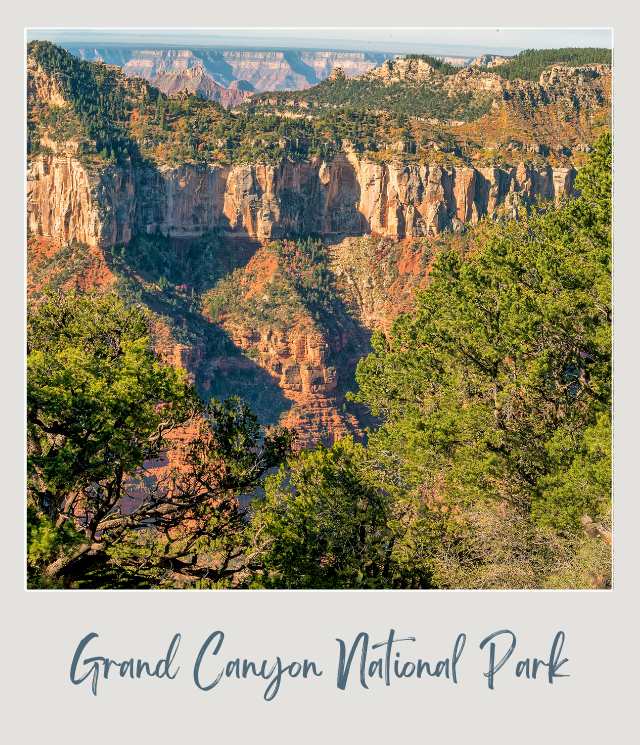
You need to not only think about where to hike, but also when.
For example, often early in the morning or late afternoon are the best time for desert hikes because it is too hot in the middle of the day. In fact, in Monument Valley in the U.S., the Wildcat Trail is closed between 11:00am and 6:00pm. If you set out later in the day, make sure you get back before dark (or have a flashlight).
Sometimes you need to hike at night – especially if the main reason for the hike is watching the sunrise from the top of the mountain you are climbing. Or if you’re doing a hike that is dangerous in full summer heat, like a Rim-to-Rim Grand Canyon hike.
12. Single day vs. multi day
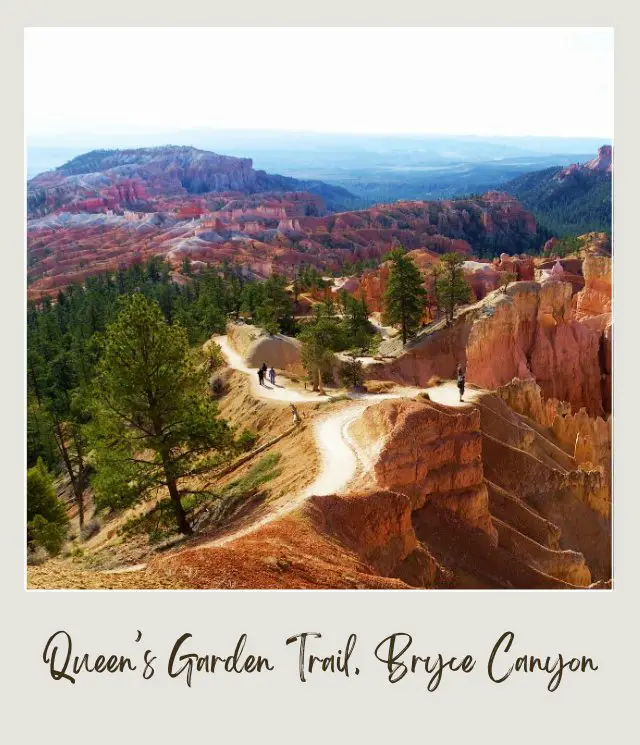
Most hikes are single day hikes (like the hikes in Bryce Canyon National Park).
However, you can also do multi-day treks. Obviously, these involve a lot more planning, as you either need to carry a tent with you or check in advance that there is a refuge or hut on the trail that you can use.
You will also need to carry your food unless you have a porter carrying your stuff. This is not common in US national parks, but is available, for example, in Grand Canyon, where you can pay for a mule to carry your luggage to Phantom Ranch.
13. Alone or with a guide

You need to decide whether to do the hike on your own or hire a trail guide.
Sometimes guided hiking trips are the only possibility or guided hiking tours are just easier. Guides typically know the trails very well, so can help you avoid hard parts, show you the best places to go hiking, prevent you getting lost and give you additional information along the way.
On the other hand, going by yourself gives you the independence of going at your own pace, though (and is cheaper, of course).
For multi-day hikes, if you book through a company with a guide and possibly a porter, make sure you check what their tents are like. When I did the Inca Trail, I provided my own tent (though a porter carried it) and when it rained overnight, mine was the only tent in our group that stayed dry.
14. Your level of fitness
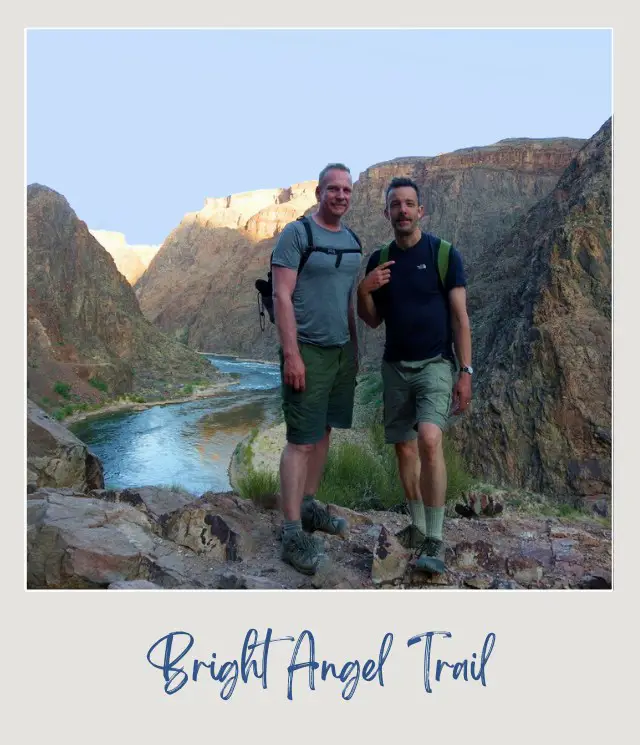
The best trails for you to hike are those within your level of fitness.
This may mean you need to get fit. E.g. when I hiked the Bright Angel Trail in Grand Canyon at the end of our river rafting trip through Grand Canyon, I hit the gym for a few months beforehand so that the hike was enjoyable. It definitely made a difference. There is nothing worse than being miserable because you’re in pain.
15. Registration

For hikes that have an element of danger, or if you are in a park where the rangers want to keep track of everyone on the trails, you may need to register before you set out.
This may be as simple as entering your name and vehicle registration number in a book at the start if the trail and signing out when you get back. Or it may involve registering at a park office at the start and end of the hike. If you registered in some way when you set out, make sure you sign back in, so no one goes looking for you.
It’s actually a good idea to let someone know where you are going even if it isn’t technically requited. Things can happen when you hike and it is always good to have someone know where you are.
16. Permit

For some areas where the rangers want to control the number of hikers, or want to make sure that they know exactly where everyone is, this can go even further and you need to get a permit.
This is true for many backcountry (off the regular trails) hikes in national parks in the United States and for sites where too many people could negatively impact the environment or where a turn in the weather could endanger you (e.g. in a slot canyon). For example, learn how to get a permit for the Angels Landing Trail in Zion National Park.
If you need a permit, check how and where you can get it. Sometimes it is as simple as registering and getting the permit. Other times there are only a limited number of permits issued and you either have to register far in advance or even enter a lottery system.
17. Impact on the environment

Every time you go into nature, you impact the environment, so this is something to think about. You may decide some environments are so fragile it is best to avoid them all together. In most places, you can minimize your impact by staying on the trails and carrying everything back out with you.
18. Who you’re hiking with
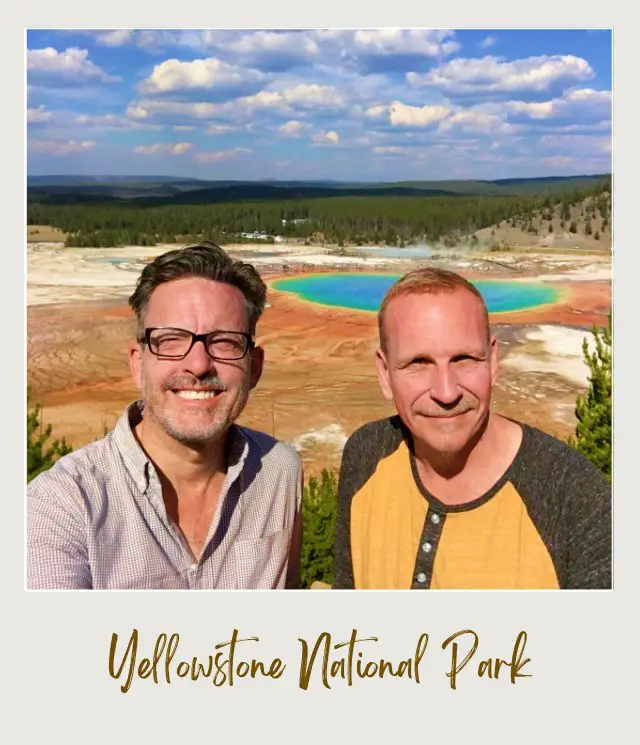
You may choose to hike alone. If you do, always let people know where you are going and when you get back and talk to fellow hikers, so they can report meeting you if need be. Or you may choose to hike with family or friends.
Subscribe to daily national parks planning tips, travel inspiration and trip ideas and I’ll send you a free PDF of this Guide:
How to Choose a Hiking Trail: 18 Essential Things to Consider
More hiking guides:
- Hiking for Beginners Guide with practical tips for beginner hikers
- Hiking Trail Etiquette 101
- A Beginner’s Guide to How to Read Hiking Trail Markers
- Essential Gear for beginner hikers
- Additional gear for hiking
- Packing List for Day Hikes
- Essential Winter Hiking Gear
If you liked this article, Pin It to your Hiking board!


About the Author
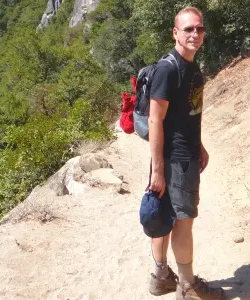
James Ian is a national park, camping and hiking expert.
He has dedicated his life to travel, visiting more than 80 countries, all 7 continents and most of the national parks in the United States. With over 35 years experience in the travel industry, James has worked on cruise ships, at resorts and hotels, and as a travel planner who’s helped hundreds of people plan successful trips to US national parks.
Based on his experience visiting our national parks multiple times, in-depth research and expertise as a travel planner, James has published detailed itineraries for many of the major national parks in the US. These itineraries, as well as in-depth park guides, and other resources will help you have your own incredible trip to US national parks without stress and hassle.
As a national park expert, James has contributed to many publications, including USA Today, Newsweek, Time Business News, Savoteur, Best Trip, and Wired.
I’m a member of the Amazon Services LLC Associates Program. As an Amazon Associate I earn from qualifying purchases.
